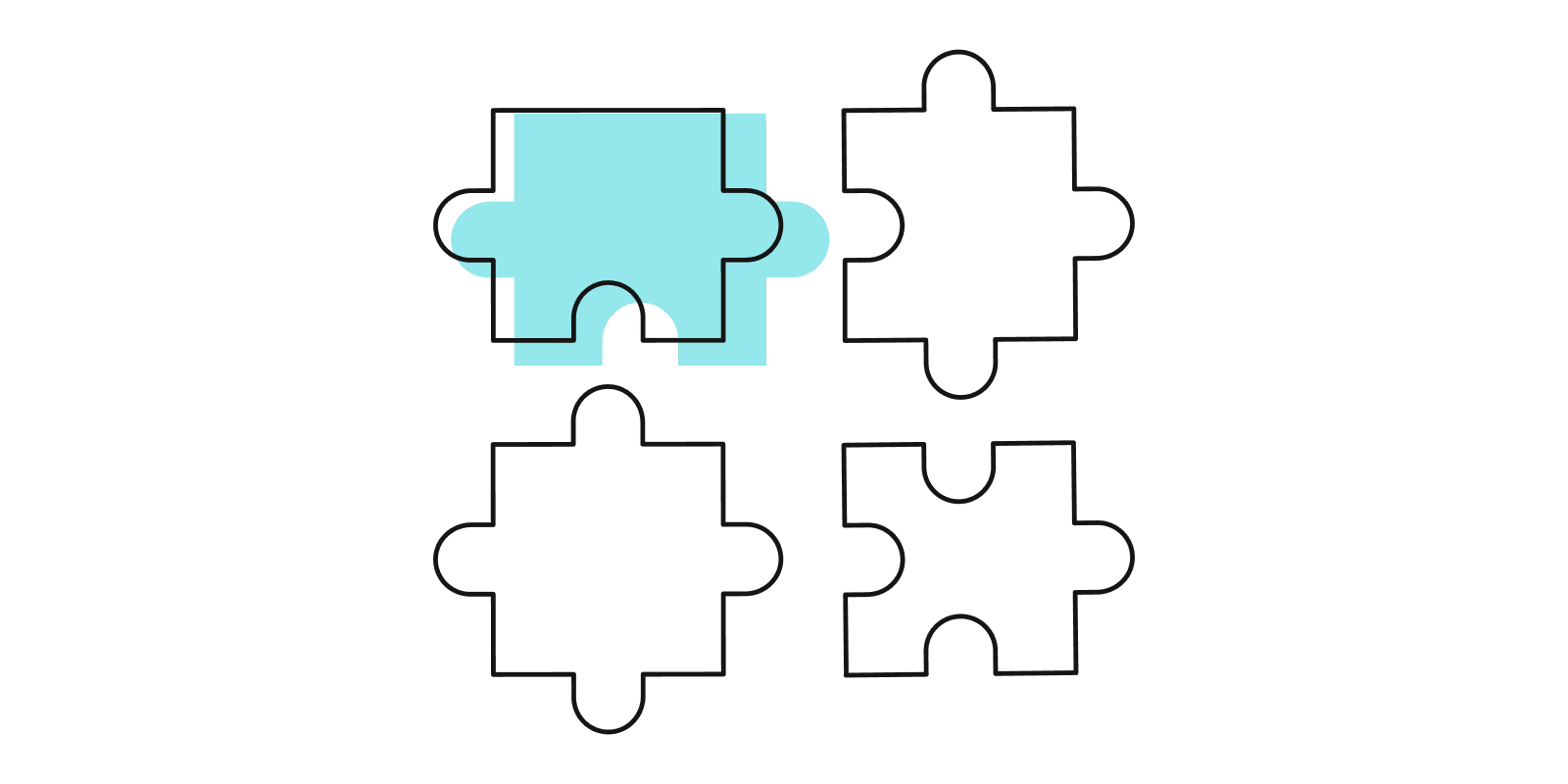Blog
How do you stay up to date in your field? One idea: Explore Pearson’s District Assessments Solutions resource hub! Our team of thought leaders and problem solvers regularly contribute to our resource library to help keep you informed on the latest industry trends, news, and innovations. Pick your path and check back often; new content is added regularly!
Solutions
A number of our blogs are solution specific.

